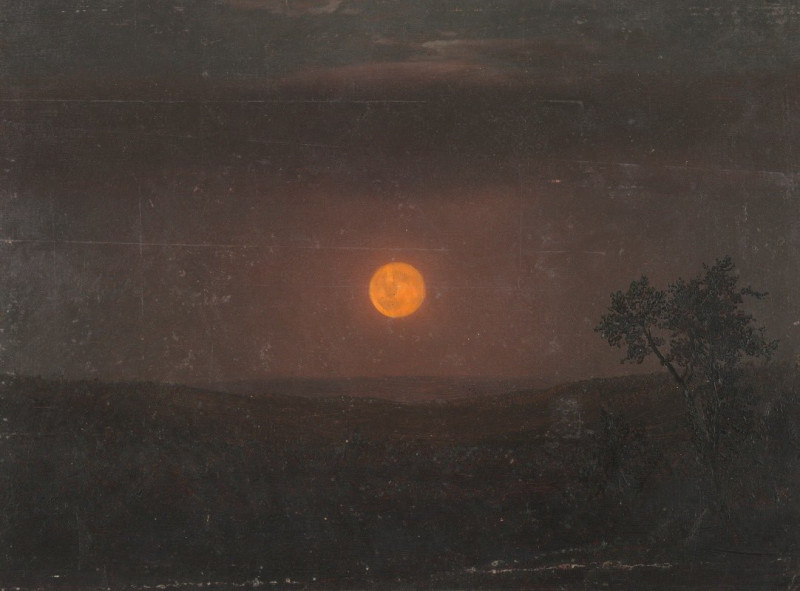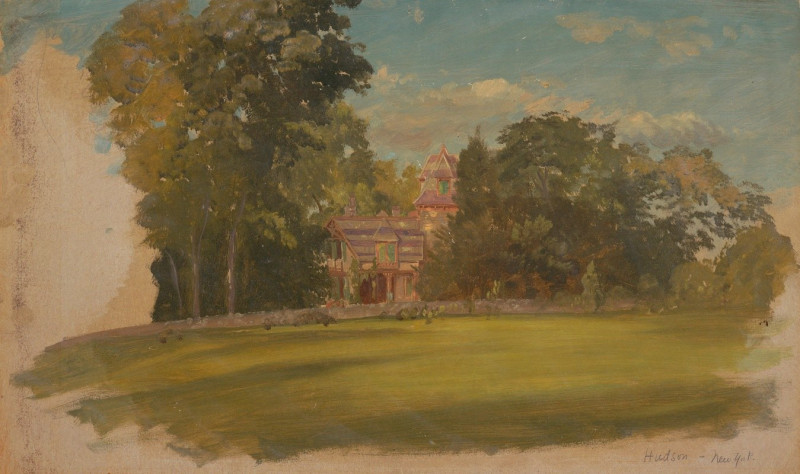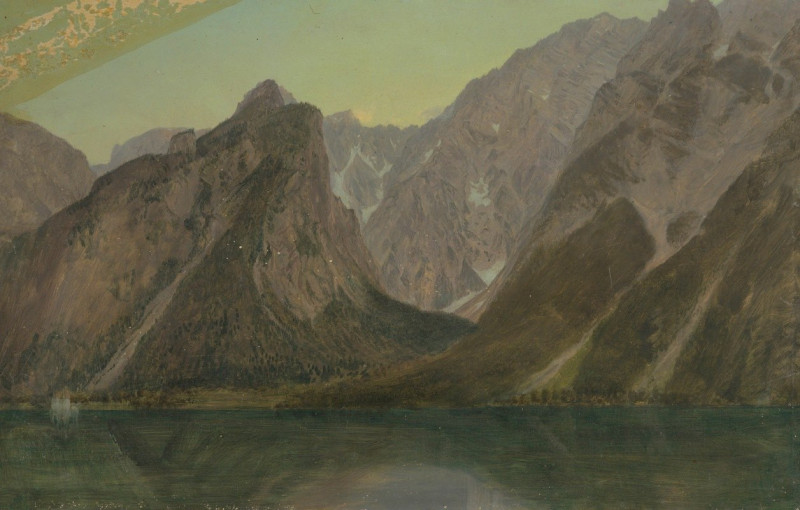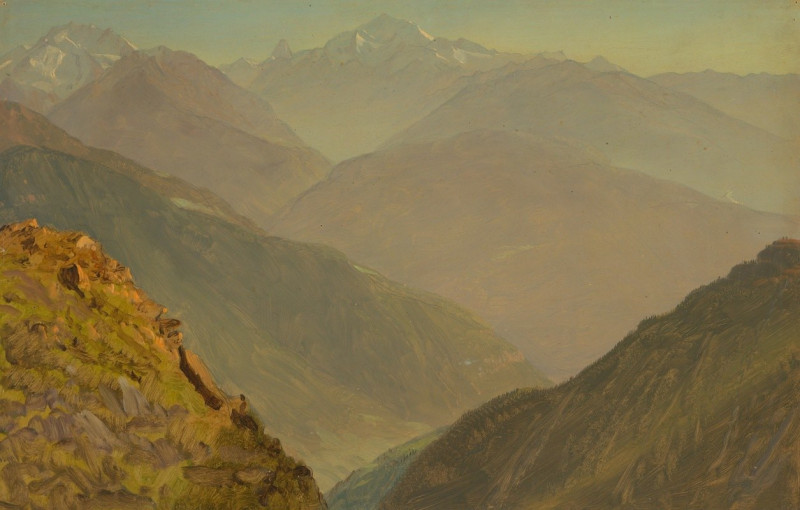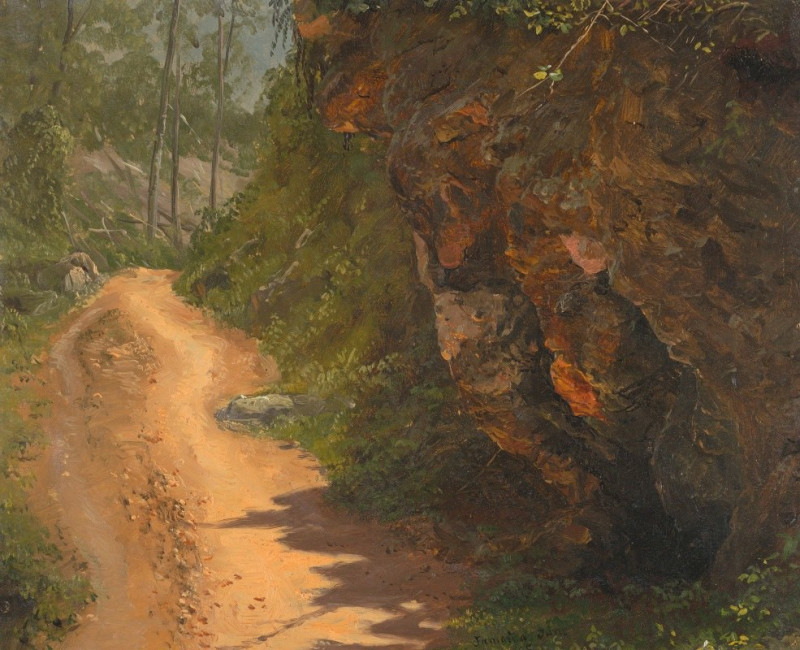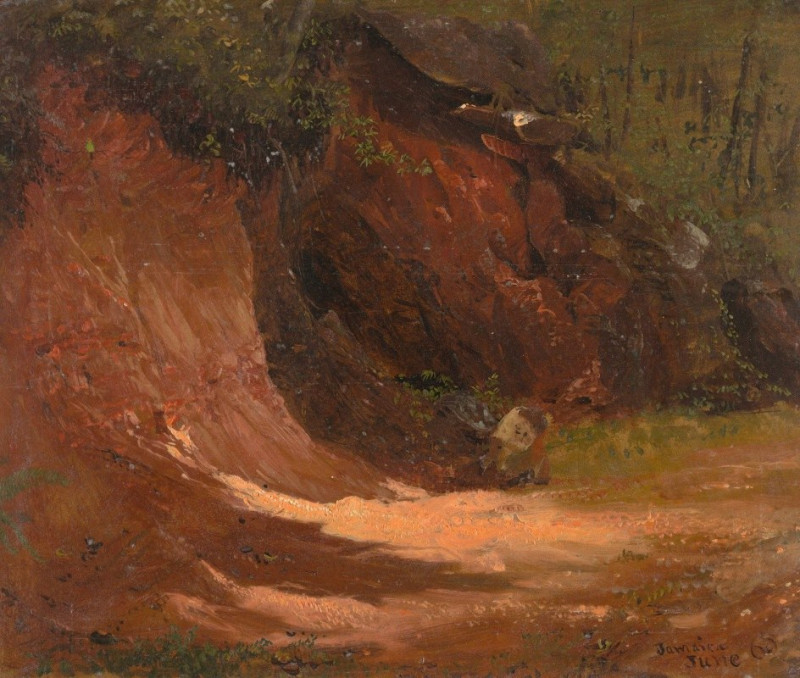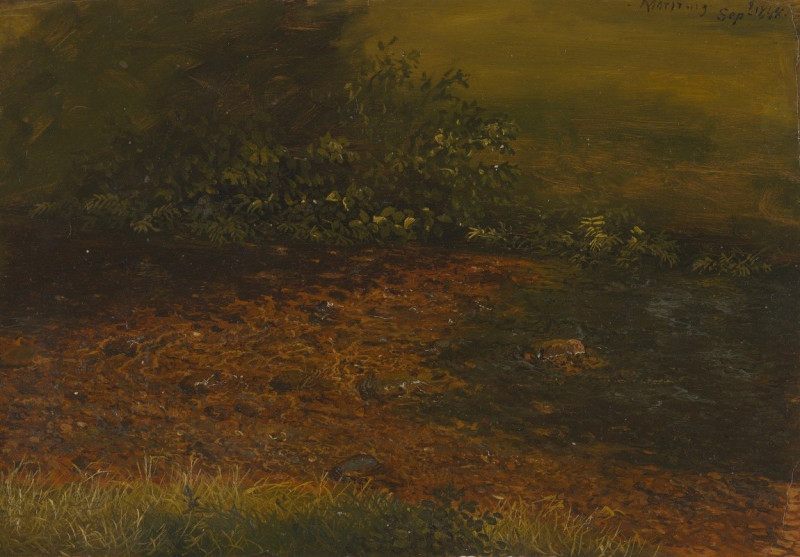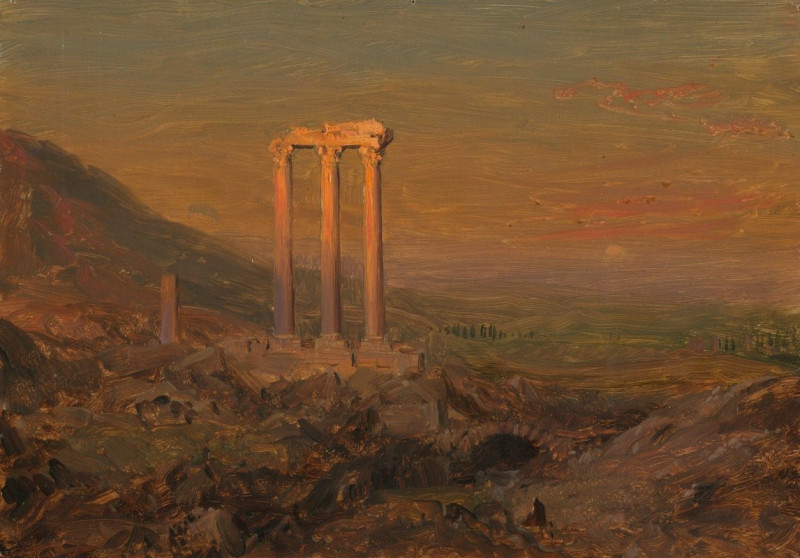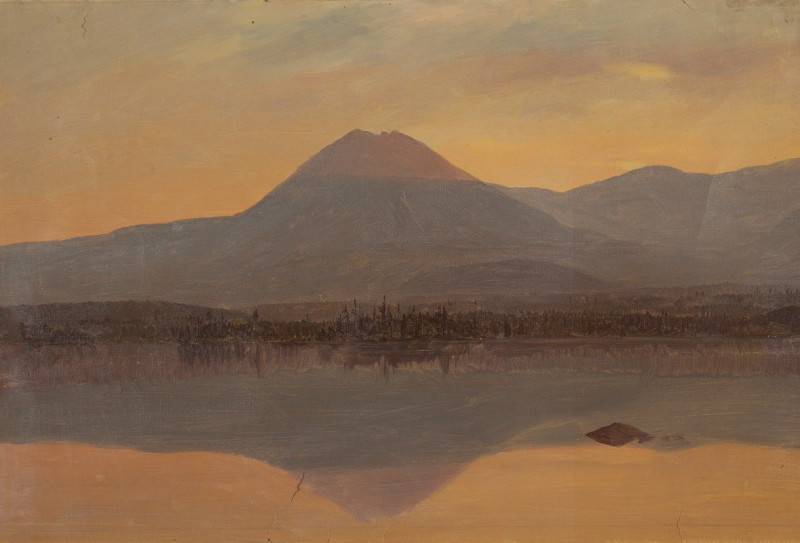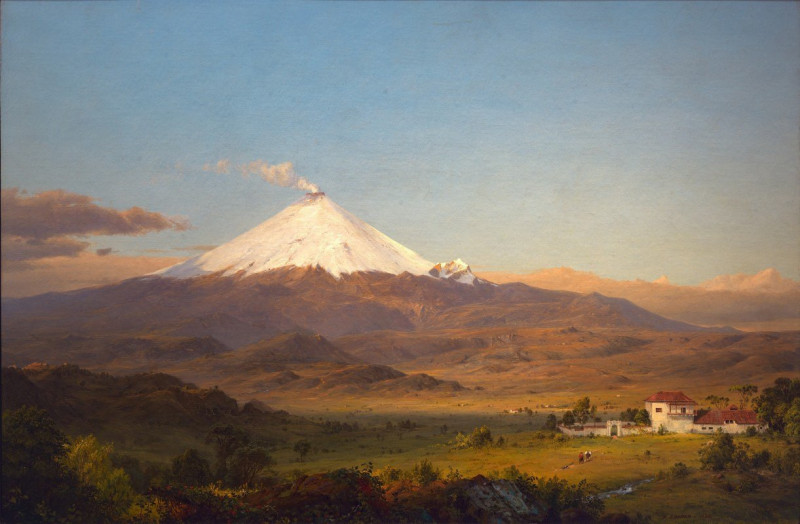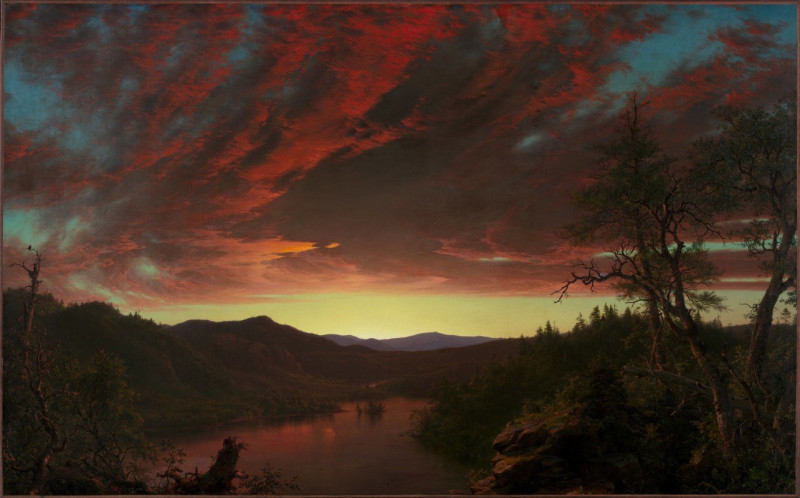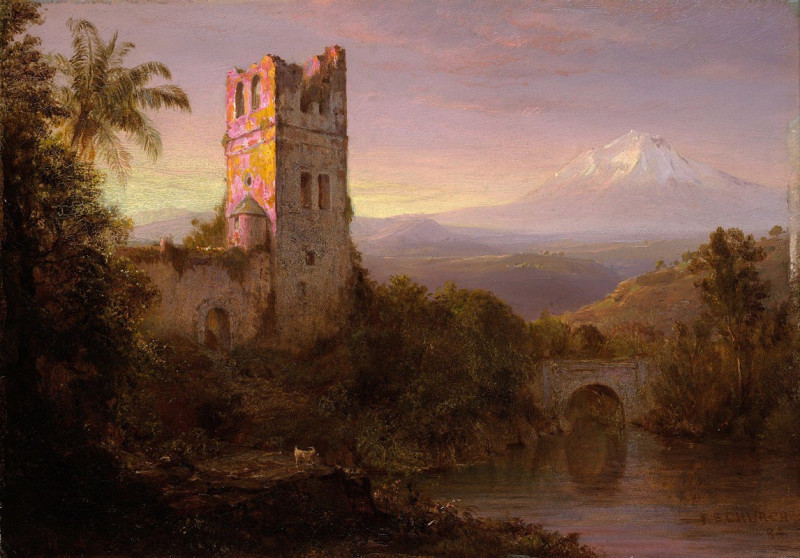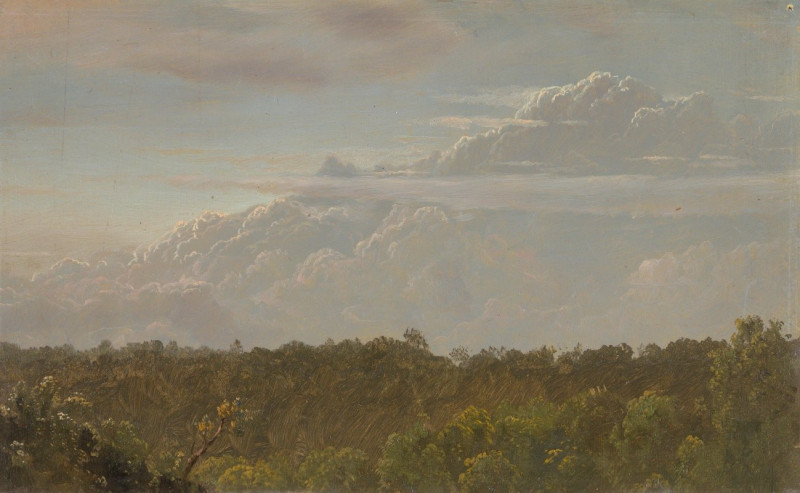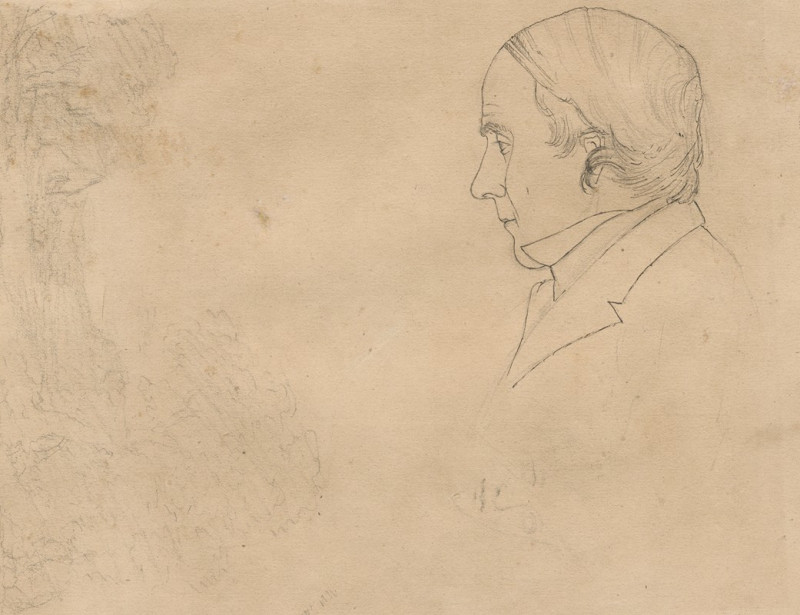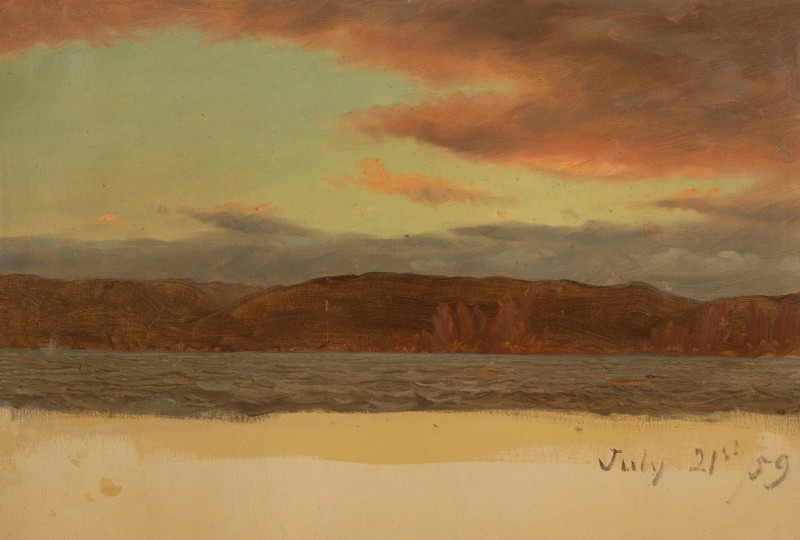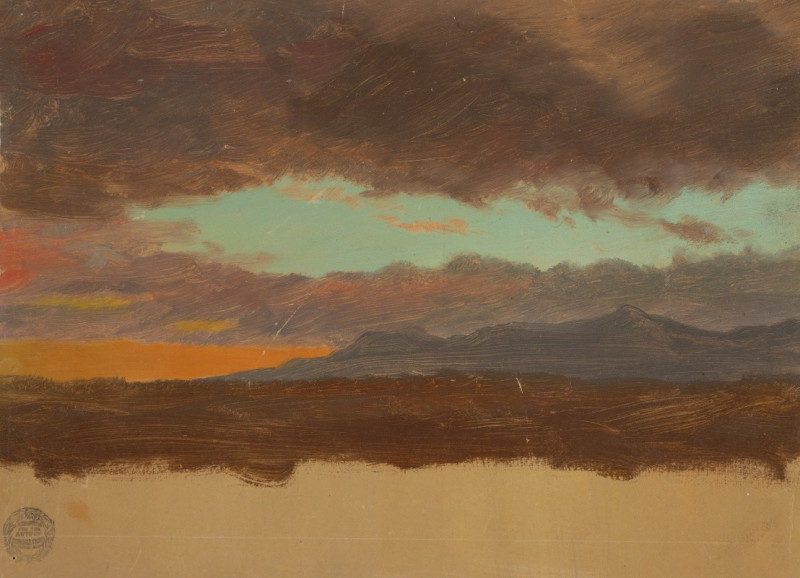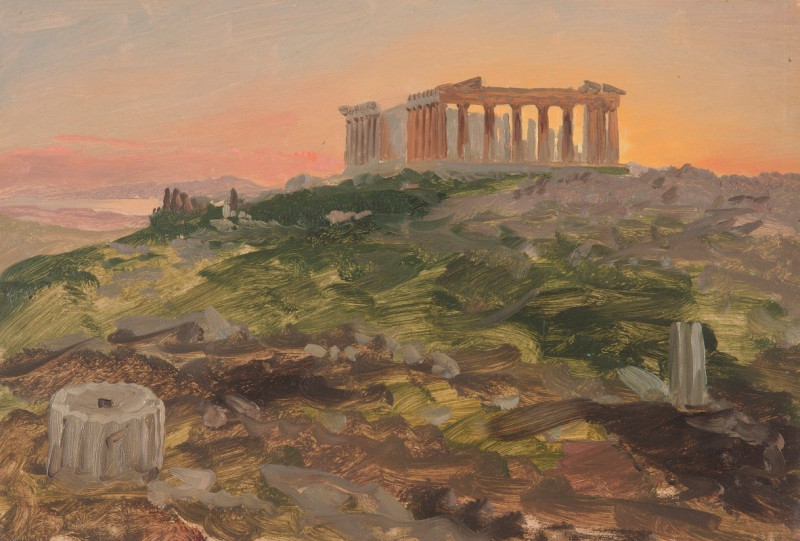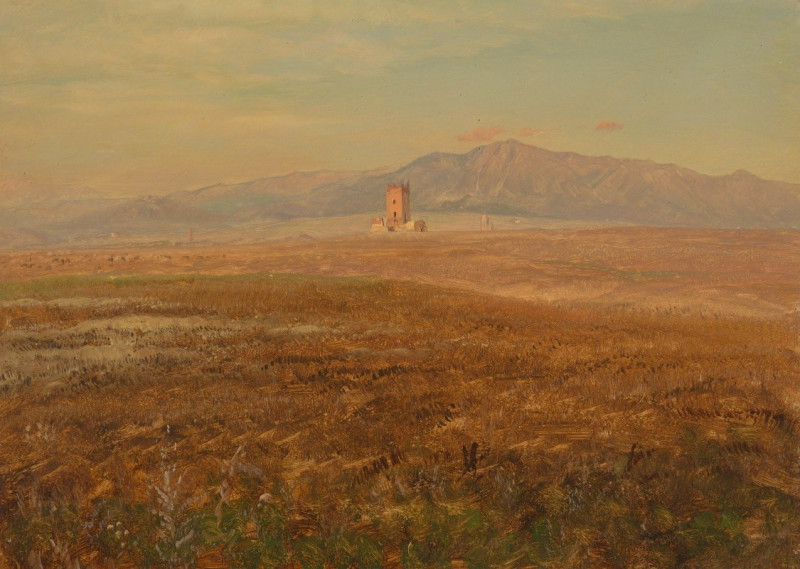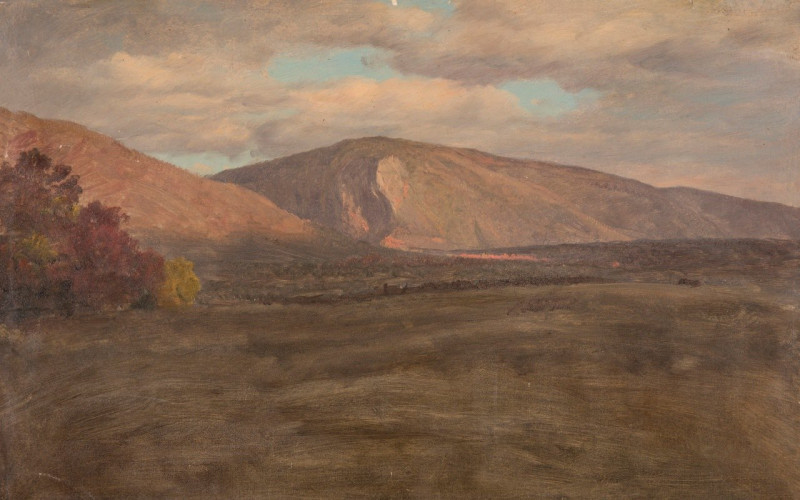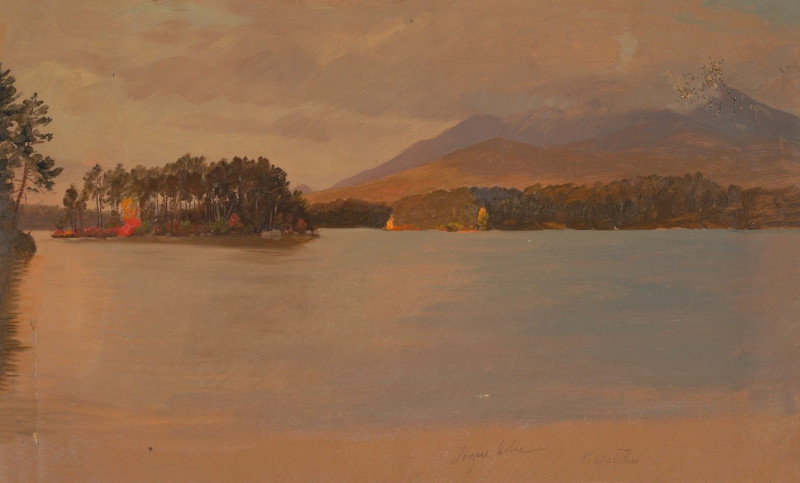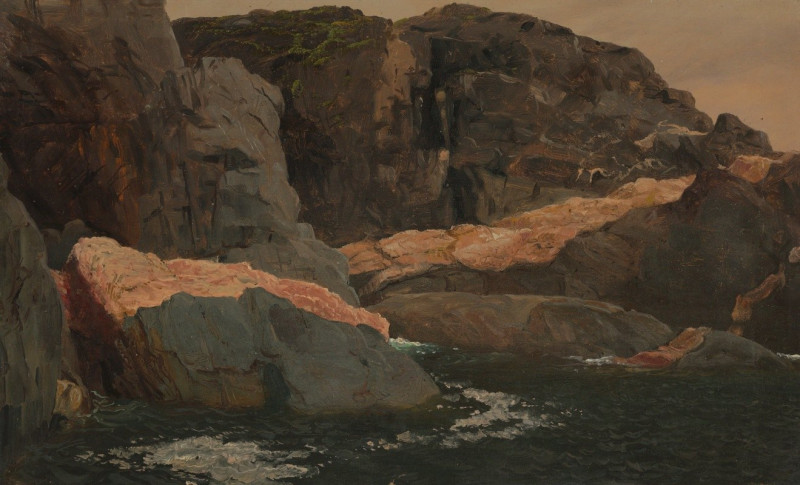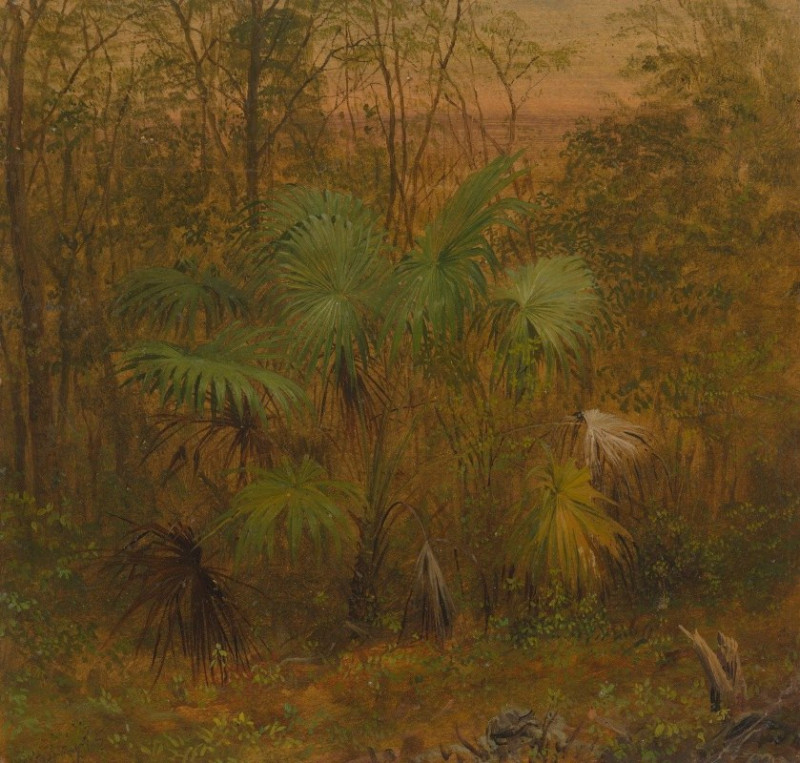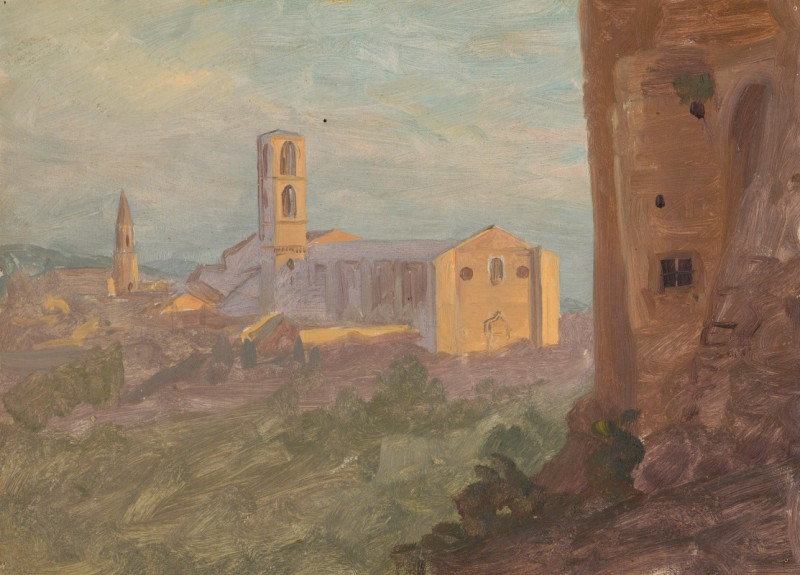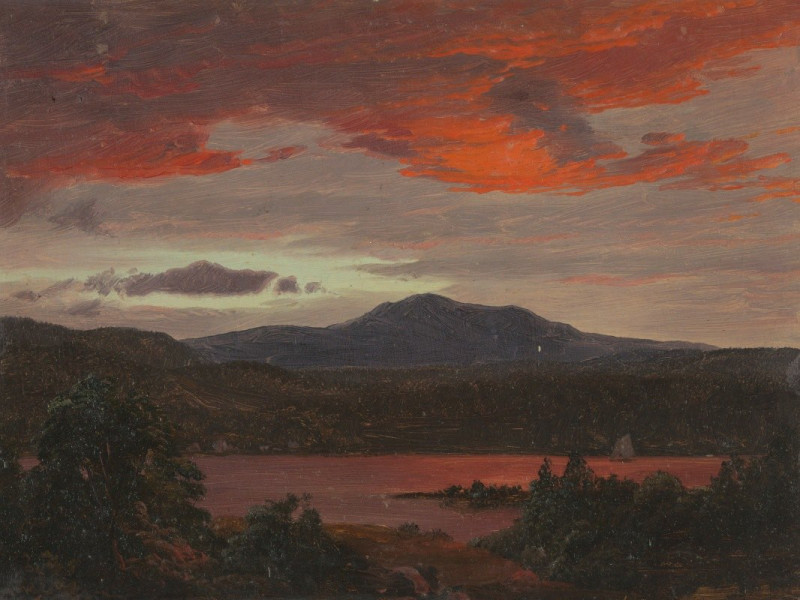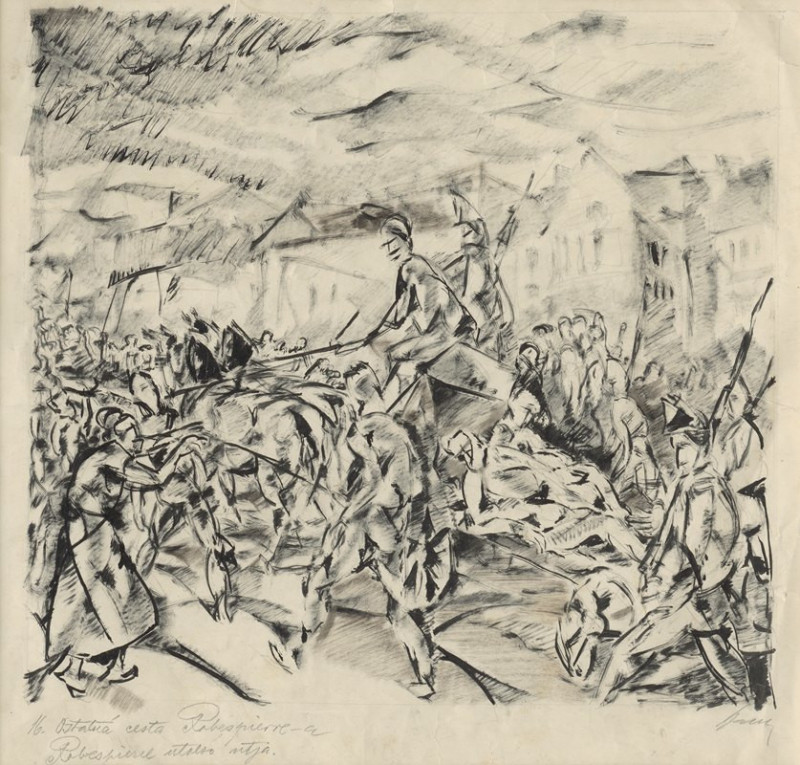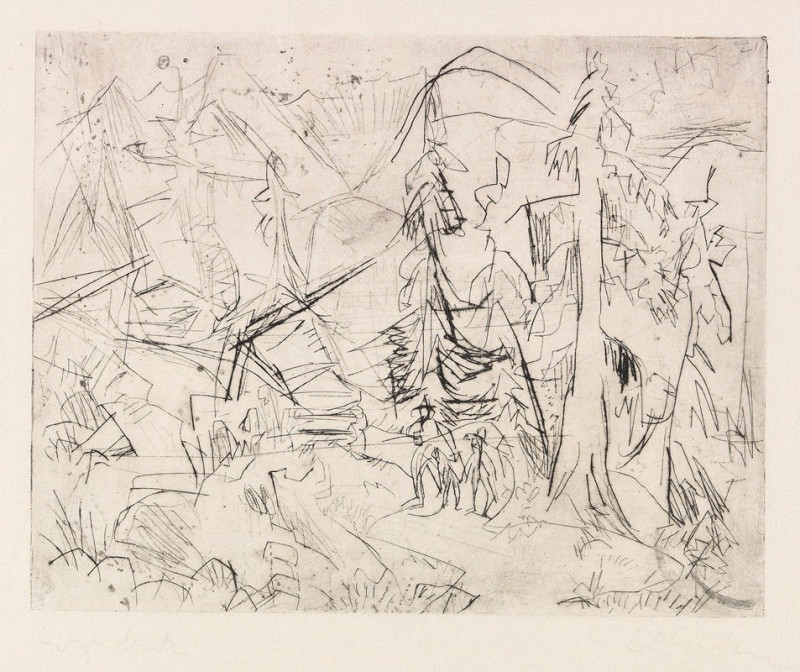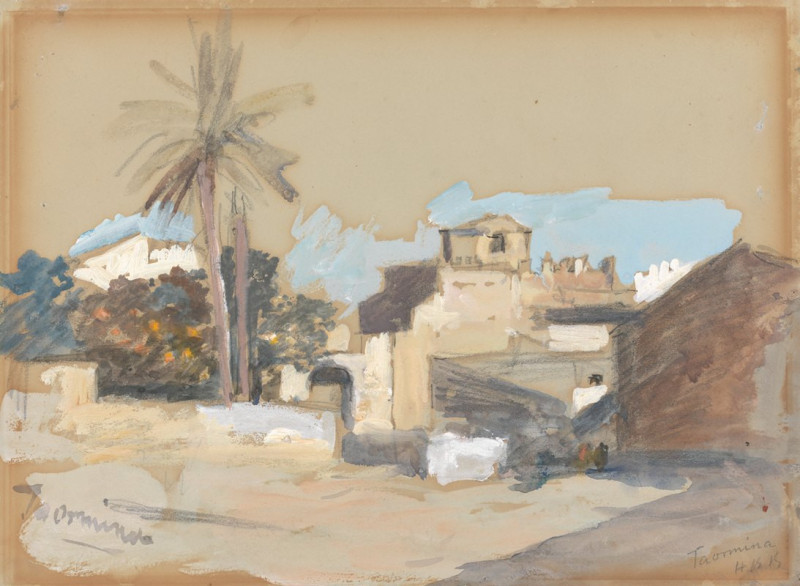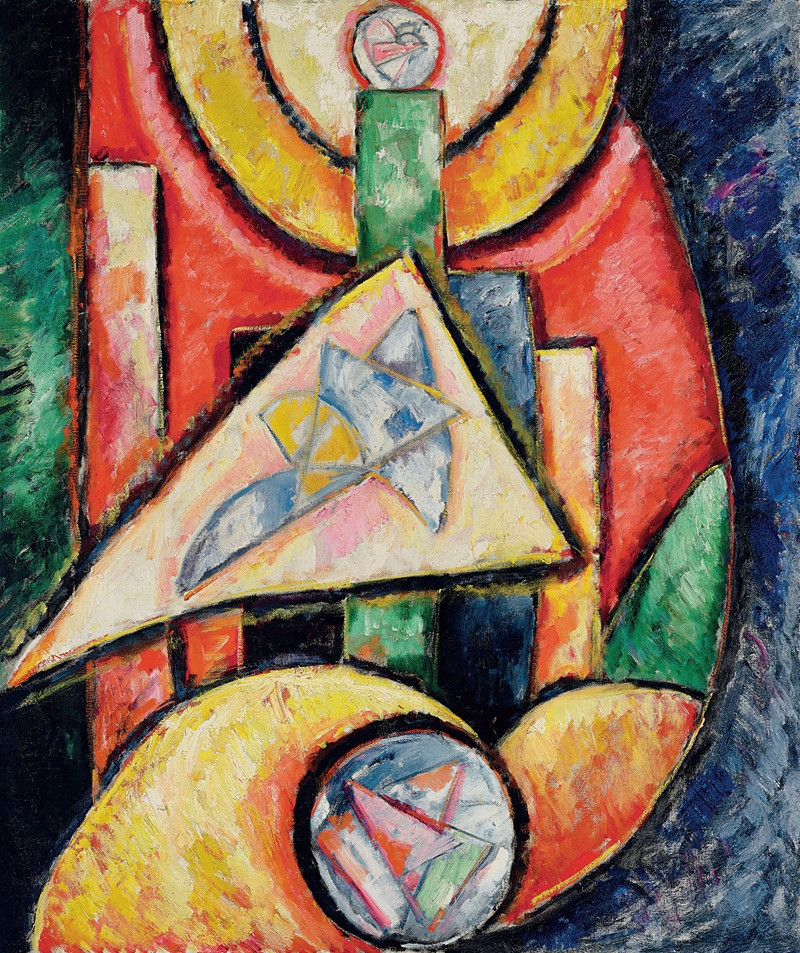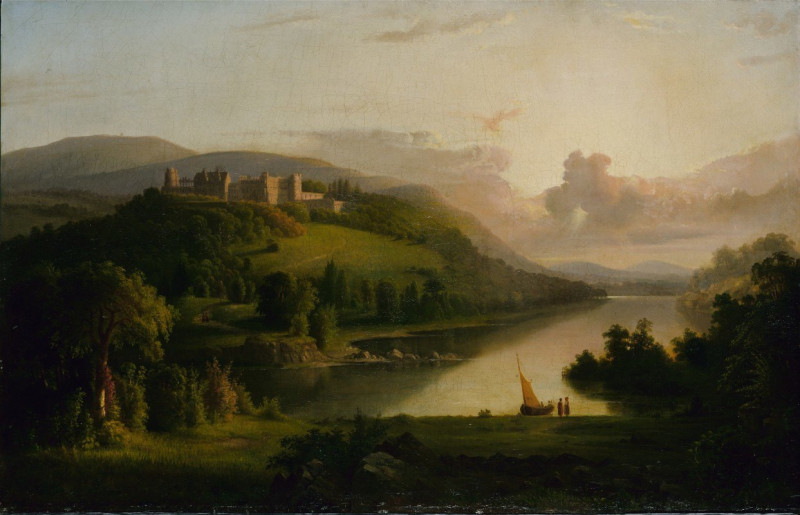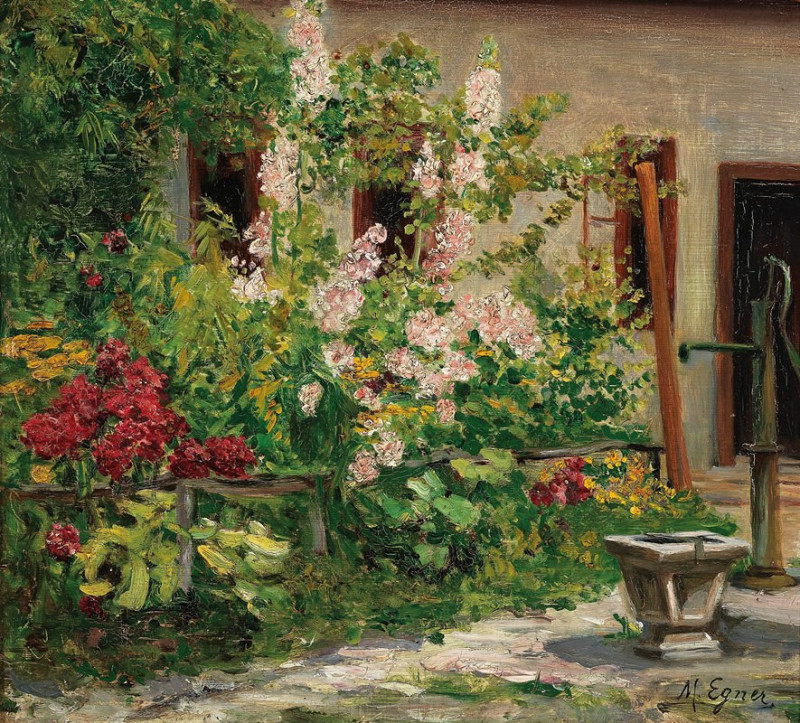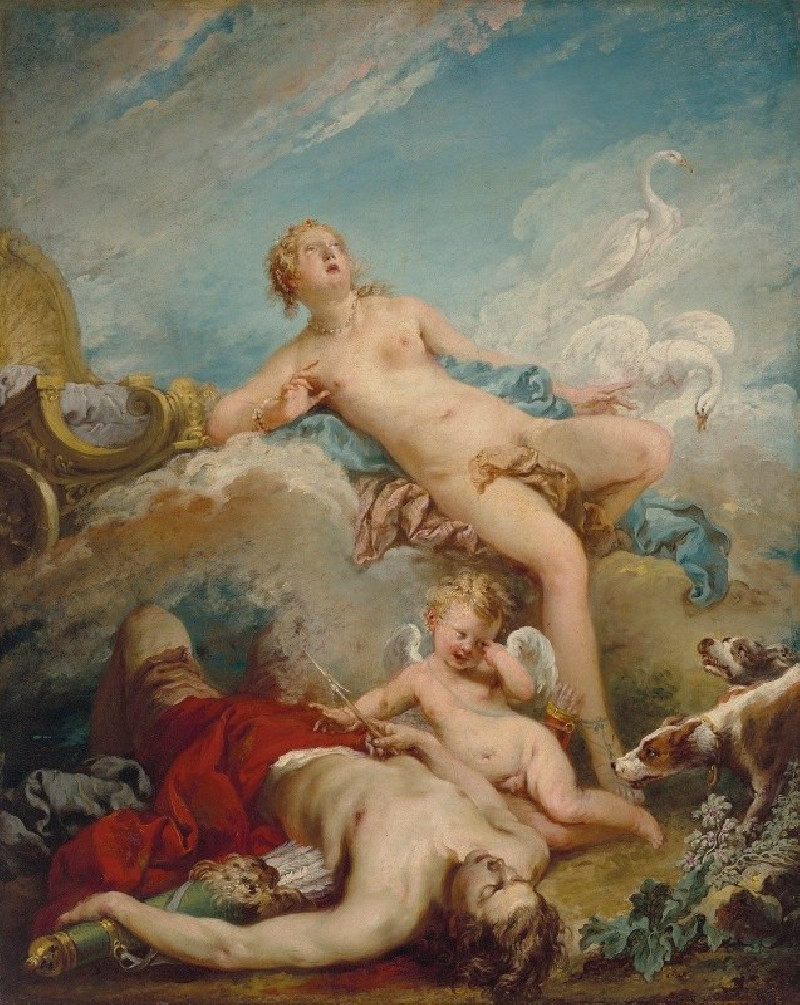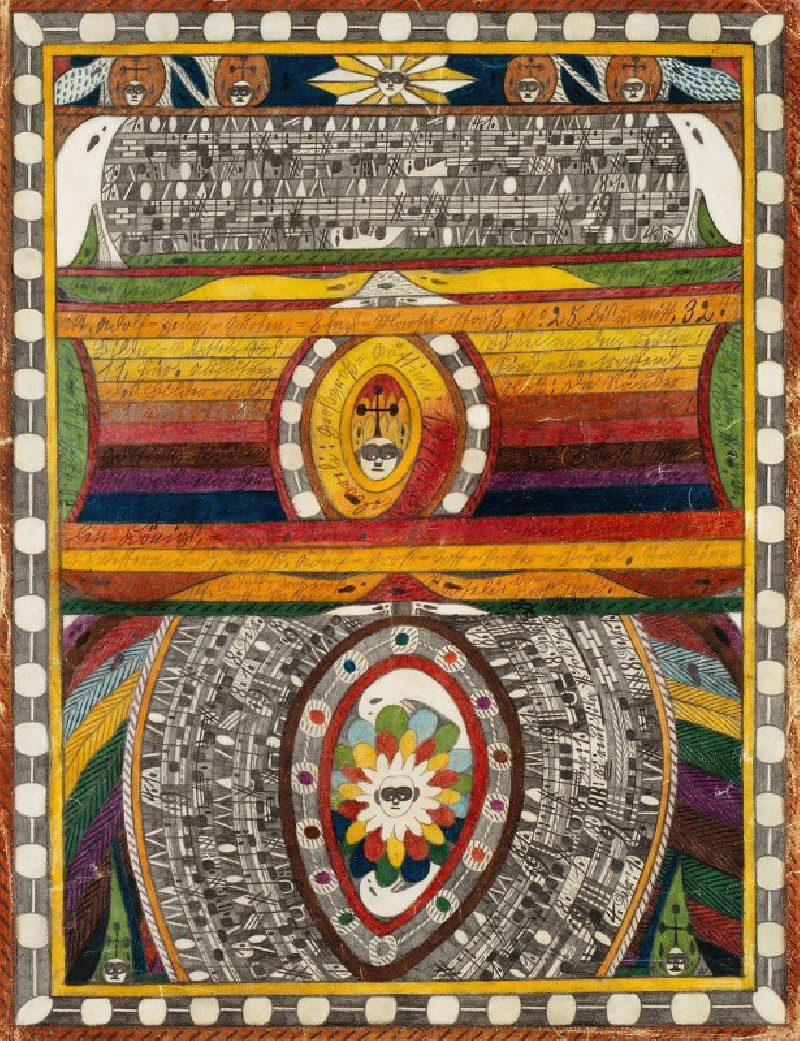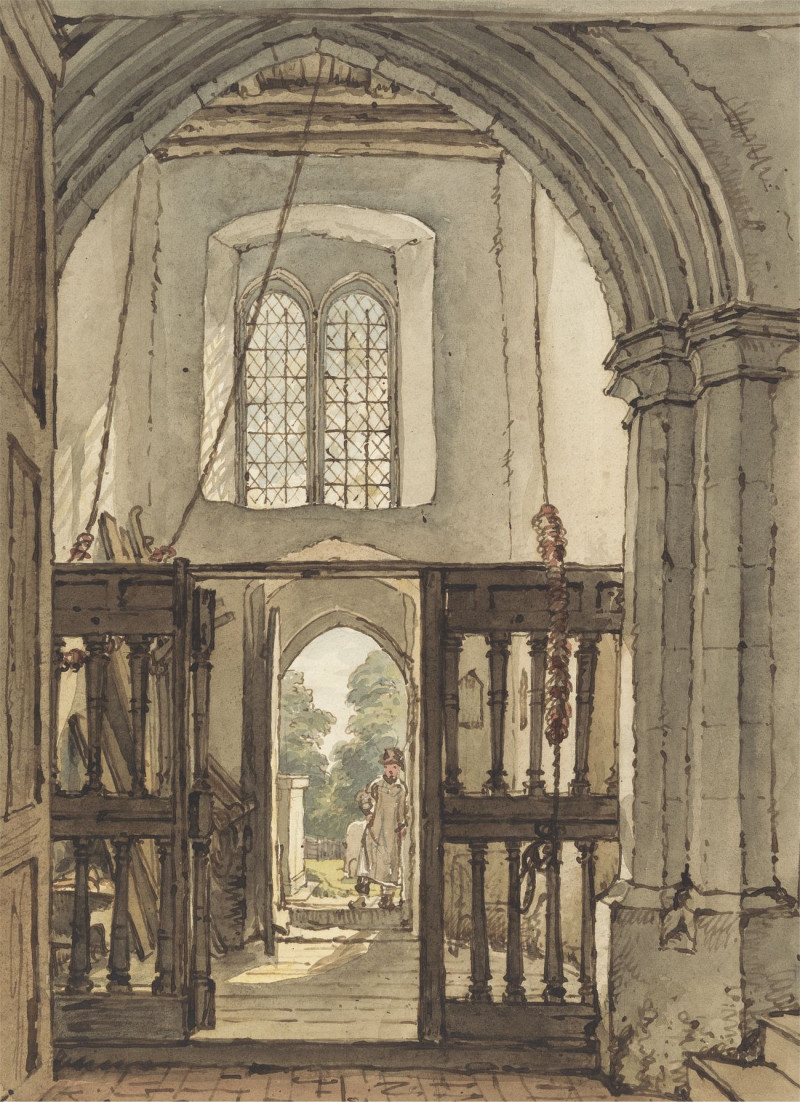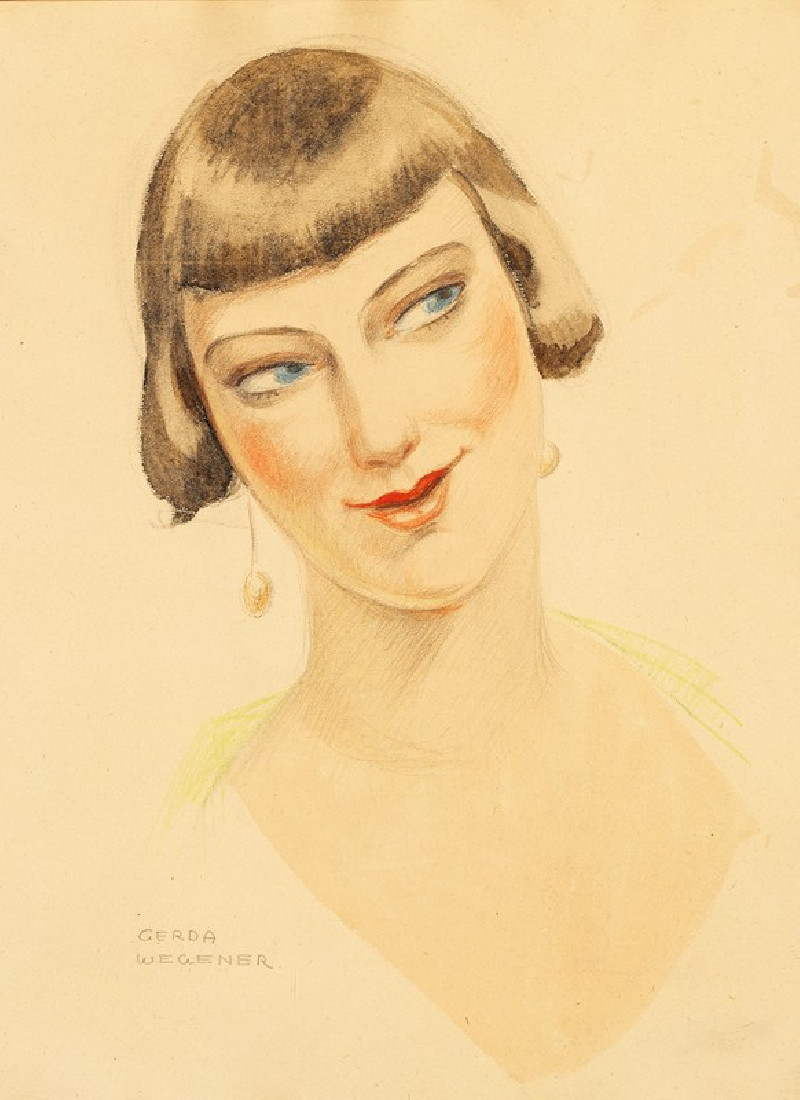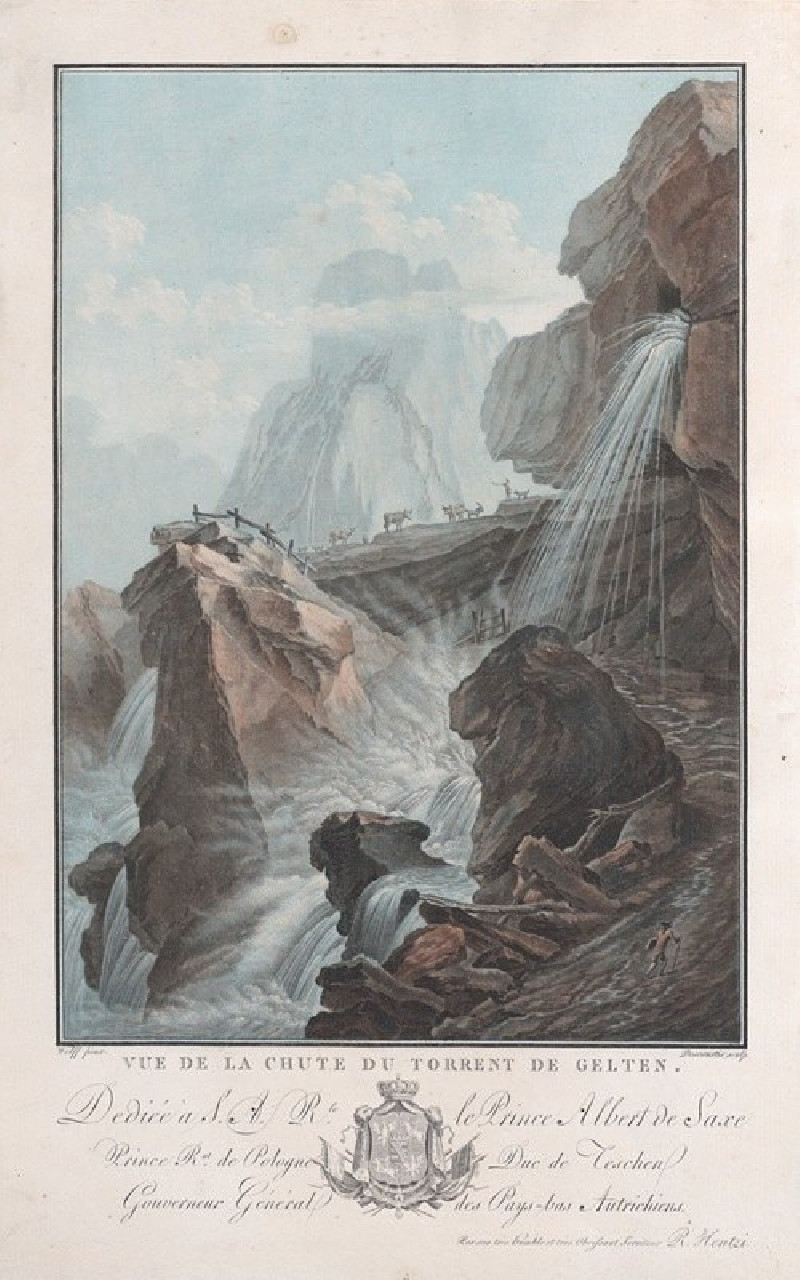Moonlight, Church’s farm (ca. 1865)
Technique: Giclée quality print
Recommended by our customers
More about this artwork
1865) by Frederic Edwin ChurchFrederic Edwin Church, a central figure in the Hudson River School of American landscape painters, captures a serene yet profound moment in "Moonlight, Church’s Farm." Painted around 1865, this evocative artwork uses the simple yet powerful interplay of darkness and light to create a mystical nighttime scene.The painting presents a landscape at night under the enchantment of a glowing, amber-hued moon that bathes the scene in a soft, surreal light. The moon itself, luminous and central, sits low in the sky, casting its reflection over what appears to be a tranquil, rolling landscape. The foreground is dominated by the dark outlines of a hill, contributing to the painting’s mood of solitude and stillness. On the right side, a single tree, detailed against the moonlit sky, breaks the horizon and adds a delicate sense of scale and life to the composition.Church's mastery is evident in his treatment of light and atmosphere, lending a dreamlike quality that invites the viewer to reflect on the beauty and mystery of nature. The subdued palette and subtle gradation of tones reveal not only Church’s technical skill but also his ability to evoke emotion and contemplation through his portrayal of natural scenery under the nocturnal sky."Moonlight, Church’s Farm" serves as a poignant reminder of the serene and enduring beauty of the American landscape, speaking to the viewer across time with its quiet, contemplative power.
Delivery
Returns
Frederic Edwin Church (May 4, 1826 – April 7, 1900) was an American landscape painter born in Hartford, Connecticut. He was a central figure in the Hudson River School of American landscape painters, best known for painting large landscapes, often depicting mountains, waterfalls, and sunsets. Church's paintings put an emphasis on realistic detail, dramatic light, and panoramic views. He debuted some of his major works in single-painting exhibitions to a paying and often enthralled audience in New York City. In his prime, he was one of the most famous painters in the United States.

